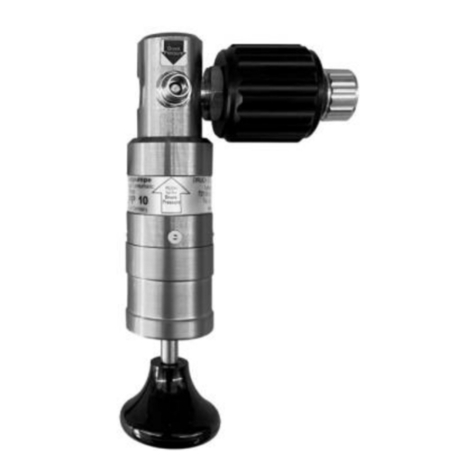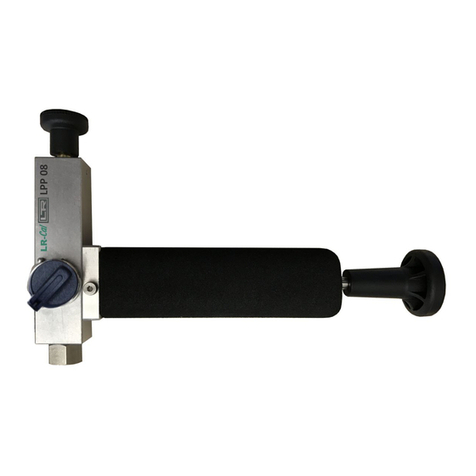
Operating InstructionsComparison Test Pump Version 1.0 3
C
C
Co
o
on
n
nt
t
te
e
en
n
nt
t
ts
s
s
1. General ........................................................................................................................................4
1.1 General instructions ....................................................................................................................4
1.2 Safety instructions ......................................................................................................................5
2. Product description .......................................................................................................................6
2.1 General product information ......................................................................................................6
2.2 Arrangement of control elements LSP 1000-BM .........................................................................7
2.3 Arrangement of control elements LSP 1600-BM .........................................................................8
3. Commissioning and operation .....................................................................................................9
3.1 Preparation ...................................................................................................................................9
3.1.1 Setting up the device ...............................................................................................................9
3.1.2 Connecting the test specimen and the reference instrument ...........................................10
3.1.3 Venting the system .................................................................................................................10
3.2 Operation ..................................................................................................................................11
3.2.1 Increasing the pressure .........................................................................................................11
3.2.2 Reducing the pressure ..........................................................................................................12
3.3 Disassembly ...............................................................................................................................12
4. Troubleshooting measures ........................................................................................................13
5. Maintenance .................................................................................................................................14
5.1 Wear parts ..................................................................................................................................14
5.2 Changing the operating fluid ...................................................................................................14
5.2.1 Removing operating fluid ......................................................................................................14
5.2.2 Filling in of operating fluid ....................................................................................................15
5.2.3 Venting of the system (after complete filling only) .............................................................15
6. Specifications ..............................................................................................................................16
7. Accessories .................................................................................................................................19
8. Declaration of the manufacturer ............................................................37
9. Declaration of conformity .................................................................38
Comparison Test Pump GB
LSP 1000-BM and LSP 1600-BM






























